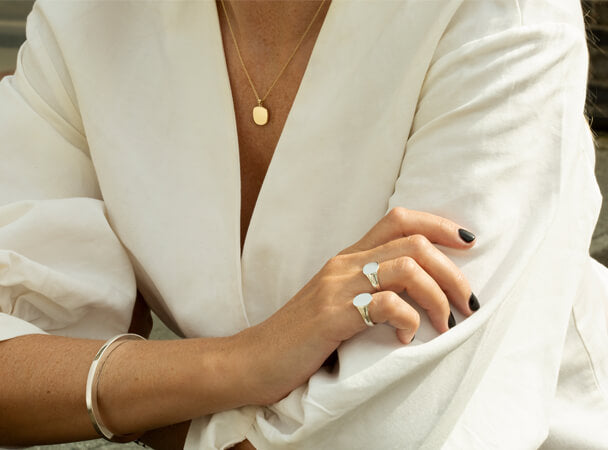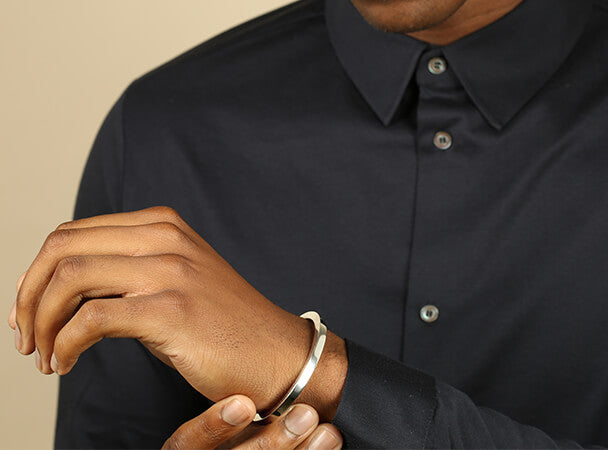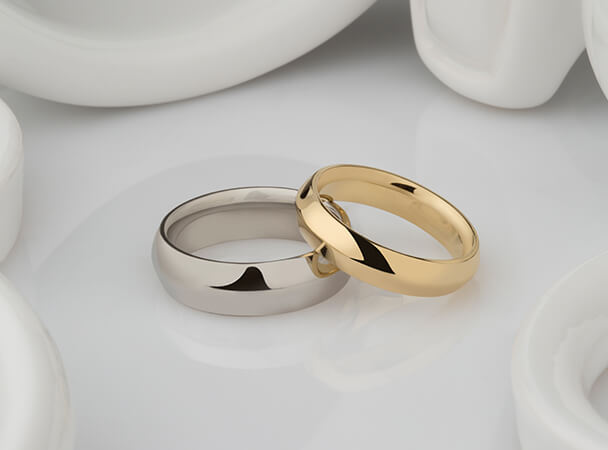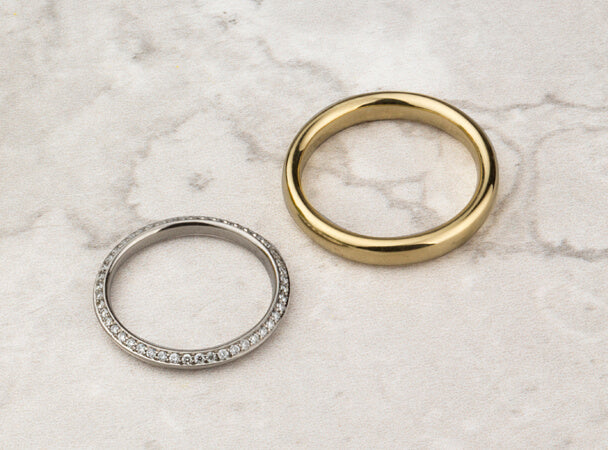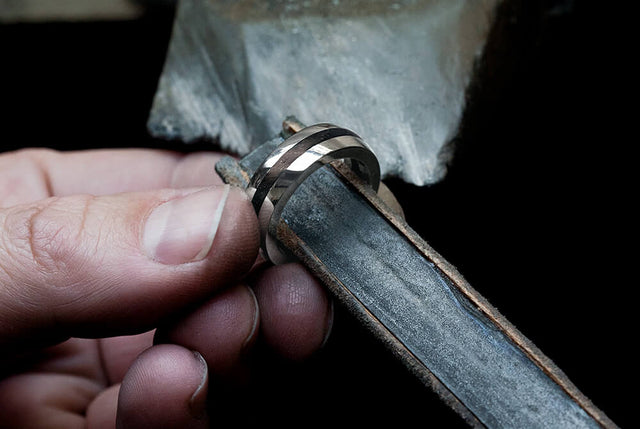Sapphires
There are many beautiful colour variations of sapphires, encompassing mostly all the spectrum of colours, except red sapphires, which are termed ‘fancy’ and include orange, yellow, violet and lilac.
In the Middle Ages the clergy wore blue sapphires to symbolise heaven. In Ancient Greece and Rome monarch’s believed them to protect you from harm. In modern times they have often graced the throats and fingers of royalty.
Sapphire is the single crystal form of corundem (aluminium oxide). The red variety – coloured by a mineral called chromium – is the ruby (this also produces pink sapphires until the colour deepens enough to be red). All other colours are called sapphires.
Different trace minerals produce a whole spectrum of differently coloured sapphires: titanium and iron colour it blue, for example. The clarity, the colour – the hue – and the origin of the stone all play a part in its valuation. It is very durable, exceeded only by diamond. Two distinctive varieties of sapphires are the ‘Star’ sapphire which displays asterism – a six pointed star at the centre of the stone, and ‘Colour Change’ sapphire which changes colour according to whether it is viewed in a natural or artificial light source due to the differing wavelengths of light it absorbs and refracts.
They are 9 on the Moh scale. They are found in India, Sri Lanka, Thailand, Vietnam, Australia, East Africa, China. Every stone is different particularly in the larger carat sizes. Therefore each sapphire ring we make is always slightly different.
Watch out for our new gemstone guide, coming soon…..
